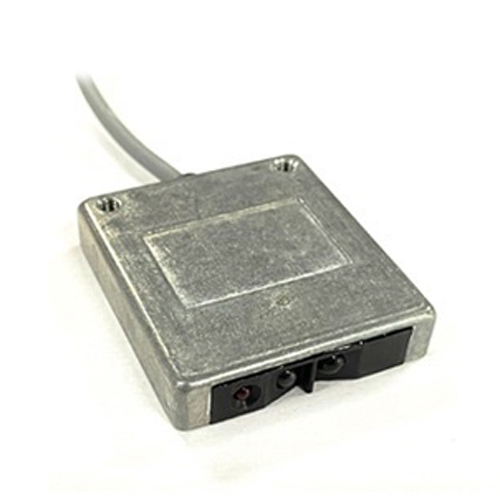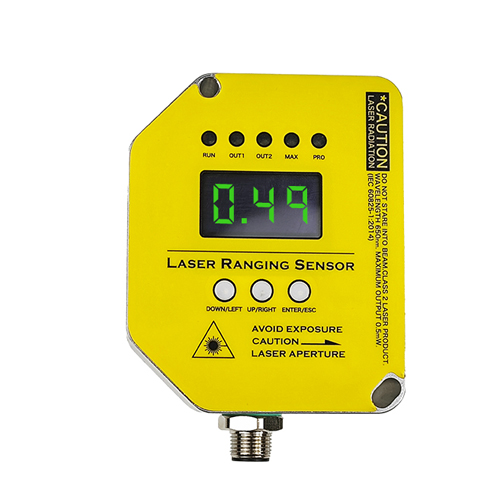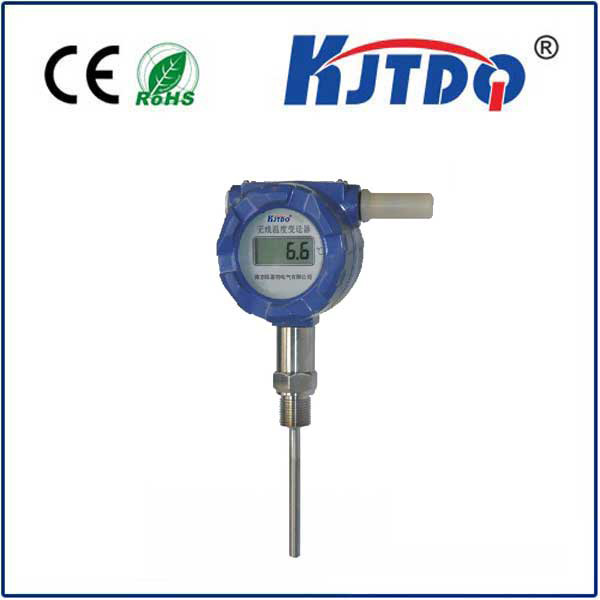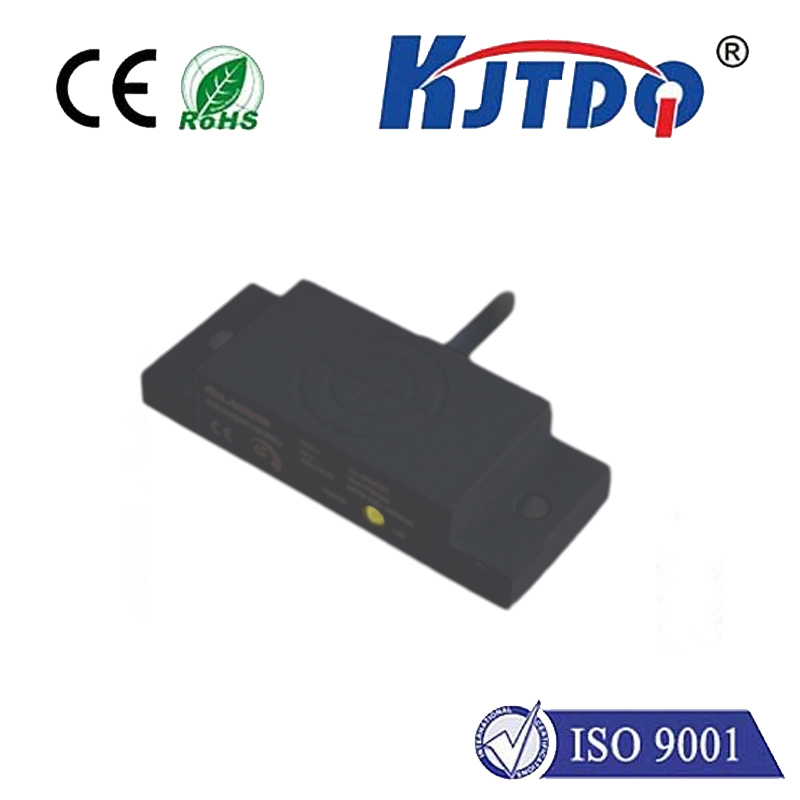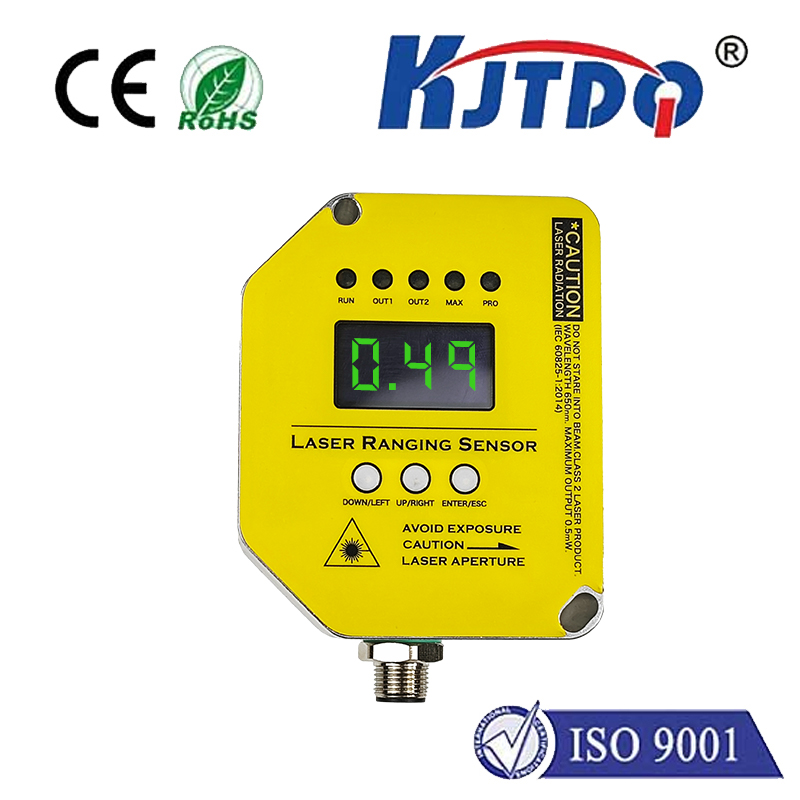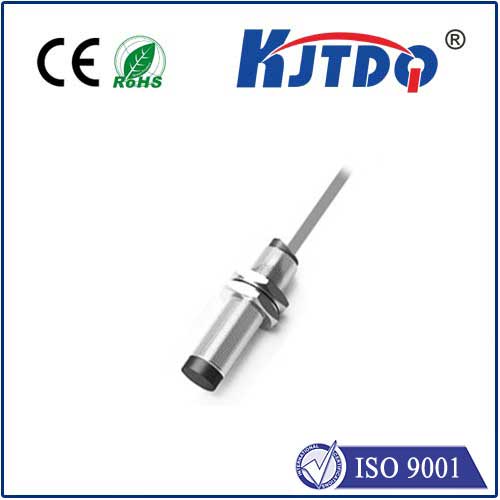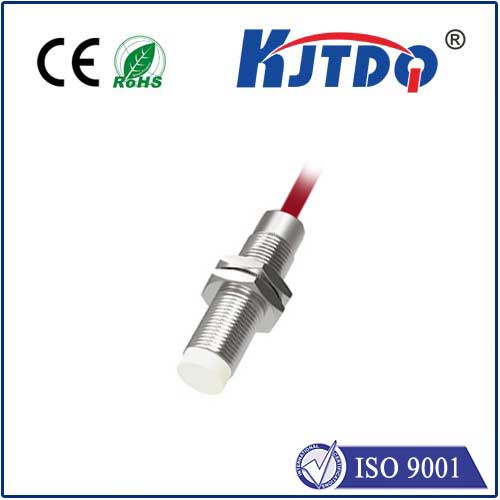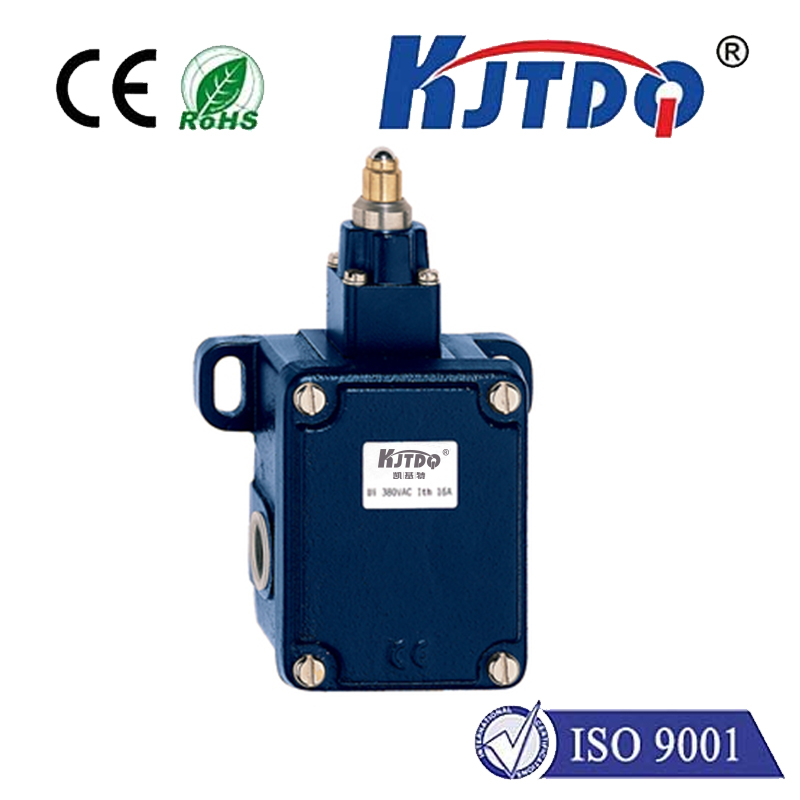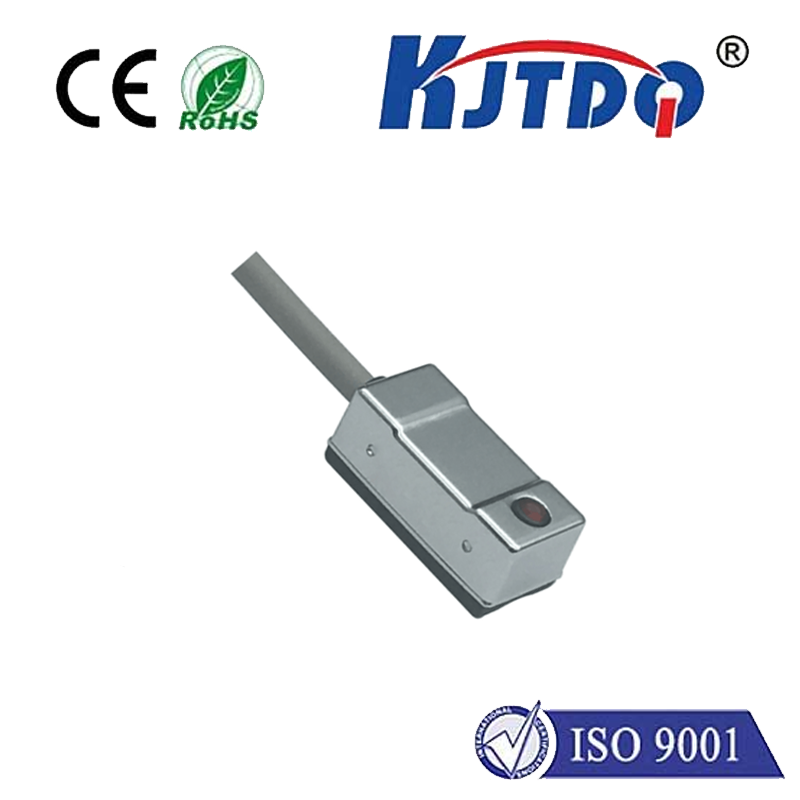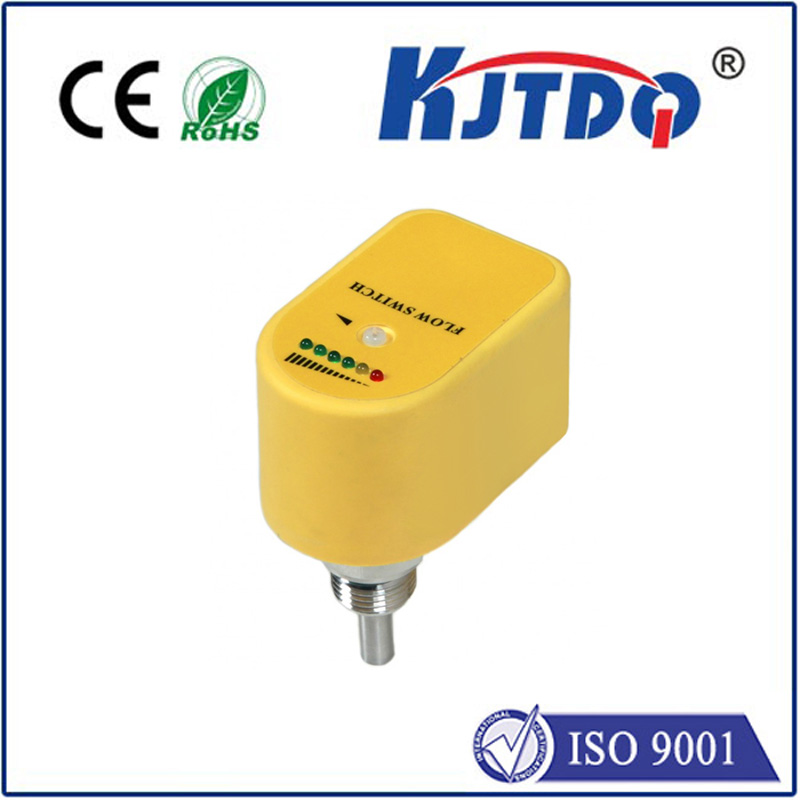

check

check

check

check
Short-Range Radar Sensor: Enhancing Safety and Efficiency in Modern Vehicles
In today’s rapidly evolving automotive industry, the integration of advanced sensors has become a cornerstone of vehicle safety and performance. Among these, the short-range radar sensor stands out as a vital component that significantly enhances the driving experience. This article explores the role of short-range radar sensors, their benefits, and their impact on modern vehicle technology.
A short-range radar sensor is a type of radar system designed to detect objects within a limited distance, typically ranging from a few meters to a few hundred meters. Unlike long-range radar systems, which are used for detecting distant objects such as other vehicles or obstacles, short-range radar sensors are optimized for immediate detection and response. These sensors are commonly found in cars, trucks, and other vehicles to assist with various safety features such as automatic braking, adaptive cruise control, and lane-keeping assistance.

The primary function of a short-range radar sensor is to provide real-time data about the environment around the vehicle. By emitting radio waves and analyzing the reflections, the sensor can detect moving objects, stationary objects, and even weather-related phenomena like rain or snow. This capability is crucial in ensuring that drivers are aware of their surroundings, especially in low-visibility conditions.
One of the most significant advantages of short-range radar sensors is their ability to work effectively in adverse weather conditions. Traditional sensors may struggle with rain, fog, or snow, which can obscure visibility and reduce the effectiveness of other sensor technologies. However, short-range radar sensors are designed to operate under these conditions, providing reliable data even in challenging environments. This reliability is essential for maintaining safety in various driving scenarios.
In addition to enhancing safety, short-range radar sensors also contribute to the overall efficiency of modern vehicles. By enabling features like adaptive cruise control, the sensor helps maintain a safe following distance from the vehicle in front, reducing the likelihood of sudden braking or acceleration. This not only improves driver comfort but also reduces traffic congestion by minimizing sudden stops and starts.
The integration of short-range radar sensors into vehicle systems is a testament to the ongoing advancement of automotive technology. As automotive manufacturers continue to innovate, the role of these sensors will only become more critical. With the increasing demand for autonomous driving and smart transportation systems, the importance of reliable and accurate sensor technology cannot be overstated.
In conclusion, short-range radar sensors are an essential part of modern vehicle technology, offering a combination of safety, efficiency, and reliability. As the automotive industry moves towards more intelligent and automated systems, the development and refinement of these sensors will play a key role in shaping the future of transportation.
